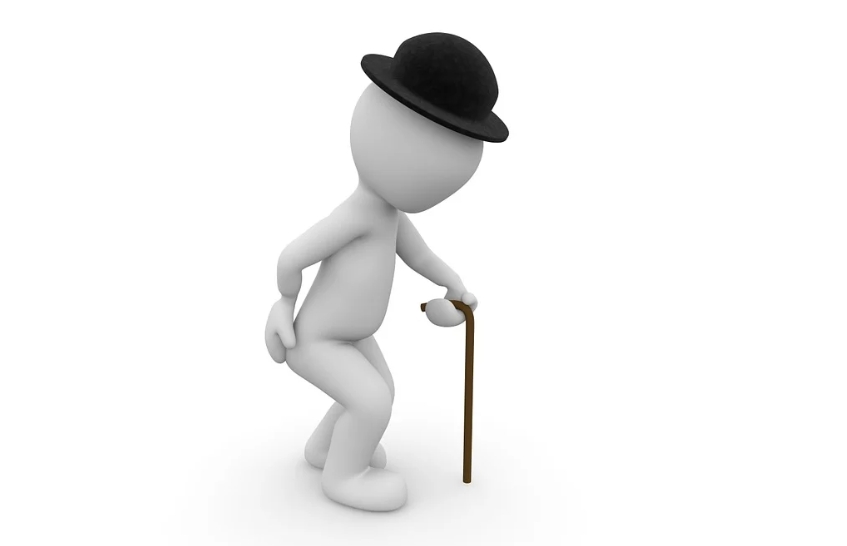The hip is the "backbone" of our body, which plays a supporting role for us, and we lose the ability to stand when the hip is broken. Hip fractures are often described as the "worst fracture", 20% of people will die within a year of a hip fracture from various complications, bedsores, hypostasis pneumonia......
What is the reason why elderly people are prone to fracture?
The reasons why elderly people are prone to fractures can mainly be divided into the following categories:
1. Underlying diseases
The elderly are susceptible to underlying diseases, poor body balance, and unsteady walking can lead to fractures.
2. Osteoporosis
With the increase of age, the body will lose a lot of calcium, and the elderly are less active, usually lack of exercise, will further aggravate the loss of calcium in bones, resulting in increased bone fragility, causing osteoporosis, after being impacted by external forces, it is easy to fracture.
3. Muscle ligament relaxation
After the middle and old age, the human body's muscles, tendons and other motor functions will decline with age, activity will gradually decline, muscle ligament relaxation, resulting in poor coordination between muscles, when walking, due to the imbalance of muscle and ligament forces on bones, easy to lead to the elderly walking and falling, thereby increasing the incidence of fracture.
Therefore, through the above 3 points, we can find that in fact, preventing fractures in the elderly and protecting them from daily falls is a crucial step!
How to prevent the elderly from falling?
In order to avoid falls and fractures, we can pay attention to these points at home:
Anti-slip measures should be taken in places with tiles;
Prepare a small night light to prevent falling down when you get up to go to the toilet at night;
The family is suitable for the elderly, and a fixed handle or banister is installed in the area where the elderly are often active, so that the elderly can hold it at any time. The bedroom, bathroom, kitchen and other areas prone to fall can be installed.
Elderly fracture, surgery or conservative treatment?
If unfortunately, the elderly or face a fracture, then the most troublesome problem should be, in the end how to treat, many people are afraid of old age, can not afford the toss of surgery, so want to choose conservative treatment.
In fact, if the fracture is not serious, or the upper limb is slightly fractured, and the bone is not displaced, some patients can be treated conservatively in this case.
However, once the elderly have lower limb fractures, if not treated, conservative treatment, it involves long-term bed rest, there will be many complications, so for the elderly lower limb fractures, it is generally recommended to surgical treatment.
Data show that the elderly after lower limb fracture, no surgery long-term bed, half a year mortality rate of 10% to 20%, a year mortality rate of 20% to 30%, is very terrible!
Therefore, it is recommended that when you encounter a similar situation, or according to the doctor's advice, the operation is still accepted
Elderly patients after surgery, should not supplement calcium?
Many people in the fracture, it is realized that may need more calcium, so as not to fracture again, but here to remind you that for the postoperative recovery of patients, in the postoperative 2 to 4 weeks, in fact, do not need to supplement calcium!
Within 2 to 4 weeks after surgery, patients can take calcium supplements through a natural diet, such as drinking milk, green leafy vegetables, soy products, etc.
After 2 to 4 weeks after surgery, the swelling is gone, if the doctor feels that you really need calcium, then you can supplement the diet with an additional 500 to 600 mg (calcium).
Post time: Sep-13-2024


